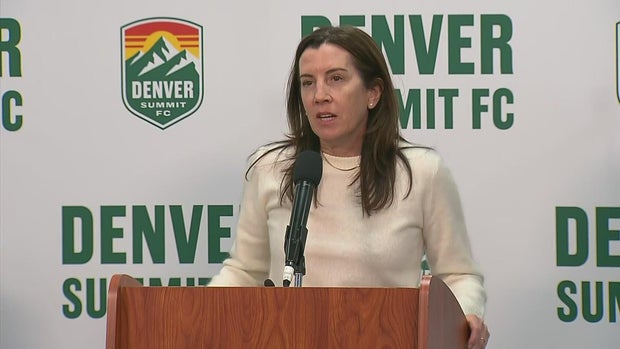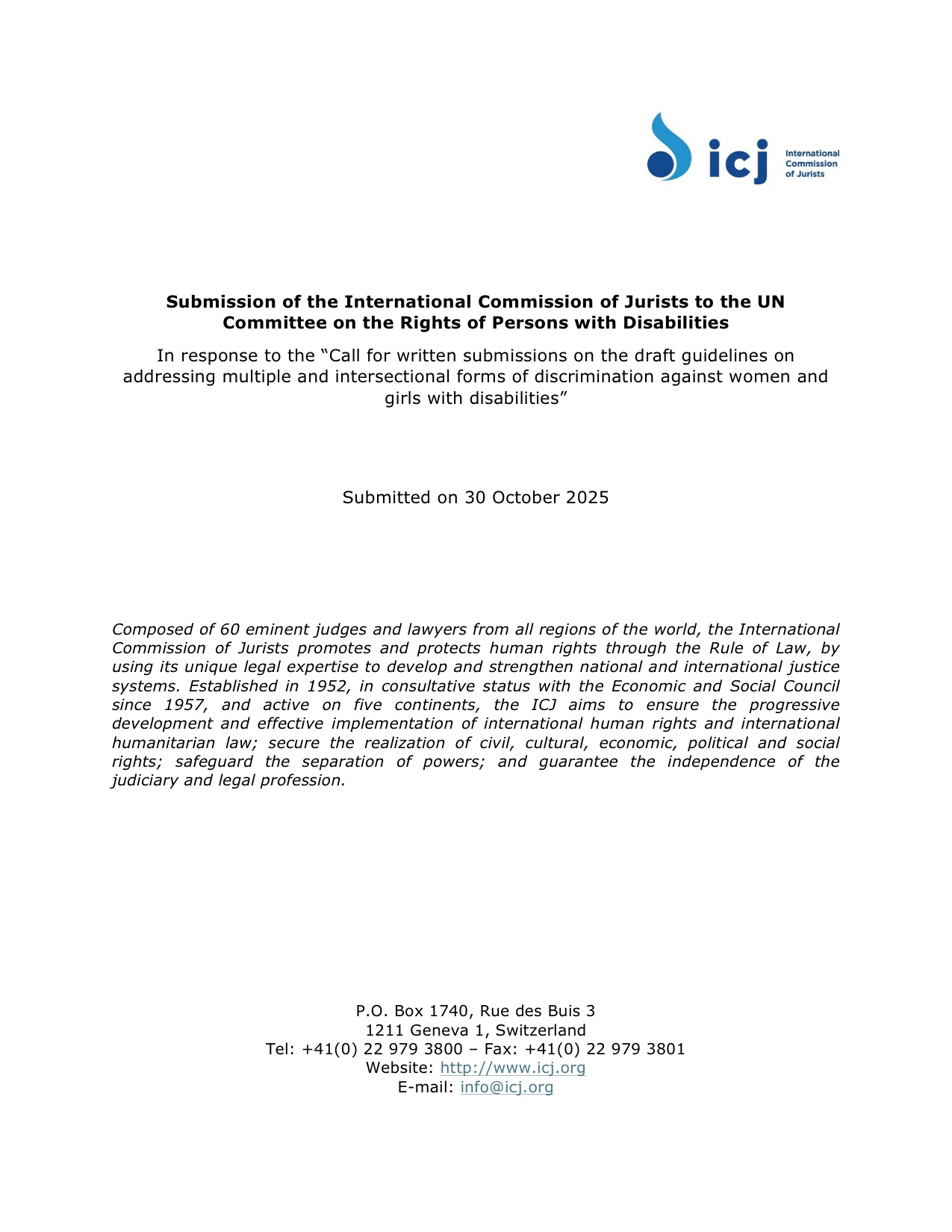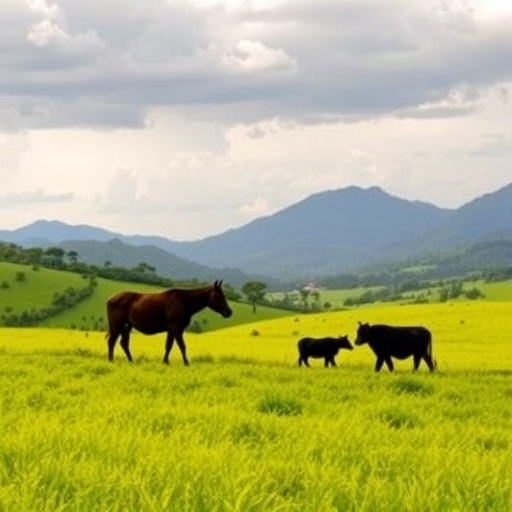Researchers make groundbreaking discovery with potential to change future of wind energy: ‘Could play an invaluable role’ – The Cool Down

Report on Optimized Bladeless Wind Turbine Design and its Contribution to Sustainable Development Goals
Introduction
This report details a new, optimized design for Bladeless Wind Turbines (BWTs) developed by engineers at the University of Glasgow. The research, published in the Renewable Energy journal, outlines a significant advancement in wind power technology. This report will analyze the key findings and emphasize the design’s profound alignment with the United Nations Sustainable Development Goals (SDGs).
Research Methodology and Key Findings
The engineering team utilized advanced computer simulations to assess thousands of BWT models, aiming to determine the optimal configuration for power output, efficiency, and structural safety across various wind speeds. The core operational principle of BWTs is vortex-induced vibration, where the cylindrical mast sways in the wind, and this motion is converted into electrical energy.
Key Findings:
- An optimal design “sweet spot” was identified, which maximizes power generation while ensuring structural integrity.
- The optimized design specifies an 80-centimeter mast.
- This model is capable of delivering a maximum of 460 watts of power, a substantial improvement over the 100-watt maximum output of the best-performing real-world prototypes developed to date.
Alignment with Sustainable Development Goals (SDGs)
The advancement in BWT technology directly supports the achievement of several critical Sustainable Development Goals through its innovative design and practical applications.
-
SDG 7: Affordable and Clean Energy
The optimized BWT design makes a direct contribution to ensuring access to affordable, reliable, sustainable, and modern energy for all.
- It increases the efficiency and viability of wind energy, a key renewable source.
- The technology’s suitability for various environments, including urban areas, expands the accessibility of clean energy generation.
-
SDG 9: Industry, Innovation, and Infrastructure
This research exemplifies innovation that builds resilient infrastructure and fosters sustainable industrialization.
- The development represents a significant technological leap in the renewable energy industry.
- It promotes the creation of new, sustainable energy infrastructure that is less intrusive and requires less maintenance.
-
SDG 11: Sustainable Cities and Communities
BWTs are exceptionally well-suited to making cities and human settlements inclusive, safe, resilient, and sustainable.
- Their quiet operation and small footprint make them ideal for deployment in urban environments where traditional turbines are impractical.
- Fewer moving parts reduce maintenance needs, contributing to more resilient urban systems.
-
SDG 13: Climate Action
By improving clean energy technology, this innovation is a crucial tool for taking urgent action to combat climate change and its impacts.
- Wider adoption of efficient BWTs can significantly reduce reliance on fossil fuels, thereby lowering greenhouse gas emissions.
- It provides a tangible solution to help nations meet their climate targets.
-
SDG 15: Life on Land
The bladeless design helps protect, restore, and promote the sustainable use of terrestrial ecosystems.
- BWTs pose a significantly lower threat to wildlife, particularly birds, compared to conventional bladed turbines, thus helping to conserve biodiversity.
Conclusion
The optimized design for Bladeless Wind Turbines from the University of Glasgow is a groundbreaking development in renewable energy. Its potential for enhanced power output, combined with its environmental and practical benefits, marks a significant step forward. The technology’s strong alignment with SDGs 7, 9, 11, 13, and 15 underscores its invaluable role in shaping a more sustainable and resilient future.
Analysis of Sustainable Development Goals (SDGs) in the Article
1. Which SDGs are addressed or connected to the issues highlighted in the article?
- SDG 7: Affordable and Clean Energy
- SDG 9: Industry, Innovation, and Infrastructure
- SDG 11: Sustainable Cities and Communities
- SDG 13: Climate Action
- SDG 15: Life on Land
2. What specific targets under those SDGs can be identified based on the article’s content?
SDG 7: Affordable and Clean Energy
- Target 7.2: By 2030, increase substantially the share of renewable energy in the global energy mix. The article discusses a new, more efficient design for bladeless wind turbines, a form of renewable energy. The text states, “Advancements in BWT design make transitioning toward clean energy solutions more accessible,” directly supporting an increase in the use of renewable energy.
- Target 7.a: By 2030, enhance international cooperation to facilitate access to clean energy research and technology… and promote investment in energy infrastructure and clean energy technology. The article itself, which reports on a study “Published in the Renewable Energy journal,” is an example of sharing clean energy research. The development of an “optimized design” for BWTs represents an advancement in clean energy technology.
SDG 9: Industry, Innovation, and Infrastructure
- Target 9.4: By 2030, upgrade infrastructure and retrofit industries to make them sustainable, with increased resource-use efficiency and greater adoption of clean and environmentally sound technologies. The article describes BWTs as a “clean energy solution” that is quieter, takes up less space, and has “fewer moving parts, so they should require less regular maintenance,” which aligns with upgrading infrastructure to be more sustainable and efficient.
- Target 9.5: Enhance scientific research, upgrade the technological capabilities of industrial sectors… and encourage innovation. The entire article is centered on a scientific breakthrough by “Engineers from the University of Glasgow” who used “advanced computer simulations” to create a new design. This is a clear example of enhancing scientific research and encouraging innovation in the energy sector.
SDG 11: Sustainable Cities and Communities
- Target 11.6: By 2030, reduce the adverse per capita environmental impact of cities. The article explicitly states, “In the future, BWTs could play an invaluable role in generating wind power in urban environments, where conventional wind turbines are less useful.” It notes that BWTs are “quieter” and “take up less space,” making them ideal for reducing the environmental footprint of cities.
SDG 13: Climate Action
- Target 13.2: Integrate climate change measures into national policies, strategies and planning. While not about national policy, the development of more efficient renewable energy technology is a fundamental strategy for climate change mitigation. The article supports this by stating that more wind energy helps “reduce the total amount of pollution in the atmosphere.”
SDG 15: Life on Land
- Target 15.5: Take urgent and significant action to reduce the degradation of natural habitats, halt the loss of biodiversity… The article highlights a key advantage of the new technology, noting that BWTs “pose less of a threat to wildlife” compared to conventional bladed turbines. This directly contributes to protecting biodiversity.
3. Are there any indicators mentioned or implied in the article that can be used to measure progress towards the identified targets?
- Indicator for Target 7.2: The article provides a direct quantitative measure of technological efficiency. The new design can “safely deliver a maximum of 460 watts of power,” which “significantly outpac[es]” the previous best of “100 watts.” This increased power output per unit is an indicator of progress in renewable energy technology.
- Indicator for Target 9.5: The publication of the research in the “Renewable Energy journal” serves as an indicator of scientific and technological output. The work by “Engineers from the University of Glasgow” points to activity in research and development (R&D).
- Indicator for Target 11.6: The article implies indicators related to the environmental impact of cities. It mentions that BWTs are “quieter,” suggesting noise levels as a measurable indicator. It also states they “take up less space,” implying land-use efficiency as another indicator.
- Indicator for Target 15.5: The statement that BWTs “pose less of a threat to wildlife” implies that an indicator for progress would be a reduction in wildlife mortality rates (particularly birds and bats) associated with wind energy generation infrastructure.
4. Table of SDGs, Targets, and Indicators
| SDGs | Targets | Indicators |
|---|---|---|
| SDG 7: Affordable and Clean Energy | 7.2: Increase substantially the share of renewable energy.
7.a: Facilitate access to clean energy research and technology. |
– Power output of renewable energy technology (Increased from 100 watts to 460 watts). – Publication of scientific research on clean energy. |
| SDG 9: Industry, Innovation, and Infrastructure | 9.4: Upgrade infrastructure… with greater adoption of clean and environmentally sound technologies.
9.5: Enhance scientific research… and encourage innovation. |
– Reduced maintenance requirements (“fewer moving parts”). – Number of scientific publications/innovations (Study published by University of Glasgow engineers). |
| SDG 11: Sustainable Cities and Communities | 11.6: Reduce the adverse per capita environmental impact of cities. | – Suitability for urban environments. – Reduced noise levels (“quieter”). – Reduced space requirements (“take up less space”). |
| SDG 13: Climate Action | 13.2: Integrate climate change measures into… strategies and planning. | – Development of technologies that “reduce the total amount of pollution in the atmosphere.” |
| SDG 15: Life on Land | 15.5: Take urgent and significant action to reduce the degradation of natural habitats, halt the loss of biodiversity. | – Reduction in threats to wildlife from energy infrastructure (“pose less of a threat to wildlife”). |
Source: thecooldown.com

What is Your Reaction?
 Like
0
Like
0
 Dislike
0
Dislike
0
 Love
0
Love
0
 Funny
0
Funny
0
 Angry
0
Angry
0
 Sad
0
Sad
0
 Wow
0
Wow
0


















-1920w.png?#)






















;Resize=805#)



































